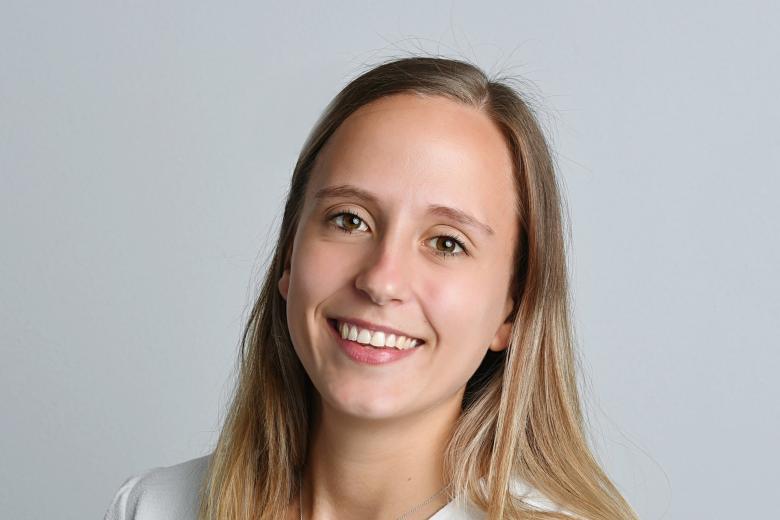Multi-levitation bioprinting of heart models for space exploration and medicine
As a bold venture at the forefront of biomedical research, the PULSE project is poised to develop paradigm-changing bioprinting technology for applications in space and on Earth. Awarded nearly 4 million euros by the European Innovation Council’s Pathfinder Open, PULSE emerges from interdisciplinary scientific collaborations and, over five years, will foster technological innovations to improve human health and pave the way for safer and more sustainable space exploration.
By combining magnetic and acoustic levitation into an innovative bioprinting platform, PULSE’s device should be capable of achieving unparalleled spatiotemporal control of cell deposition. This new technology facilitates the precise manipulation of biological materials, enabling the creation of highly sophisticated and realistic organoids that closely mimic the complexity of the corresponding human organs.
One of the key applications of PULSE’s innovative bioprinting technology is the creation of in vitro 3D human heart models, which are essential tools for studying the effects of space and radiation on the human cardiovascular system. These advanced heart models will provide invaluable insights into cardiac physiology and pathology, facilitating the development of preventive and therapeutic solutions for astronauts embarking on long-term space missions and cancer patients undergoing radiation therapy.
According to Lorenzo Moroni, project coordinator and Professor of Biofabrication for Regenerative Medicine at the University of Maastricht, “The ambitious goals of the PULSE project are as much related to space research as they are to healthcare on Earth. Bioprinted organoids that closely replicate the complexity of human organs have the potential to reduce the reliance on animal experimentation and provide a more accurate and efficient platform to study disease mechanisms and evaluate drug responses.”
The PULSE project brings together leading organisations in their respective fields, including the University of Maastricht (The Netherlands), Otto-von-Guericke University Magdeburg (Germany), Medical University of Graz (Austria), SCK CEN Belgian Nuclear Research Centre (Belgium), RDInnovation (Denmark), Space Applications Services (Belgium) and IN society (Italy).
With a wealth of expertise and resources at their disposal, the consortium’s institutions will combine their capabilities to make ground-breaking advances at the intersection of bioprinting, space medicine and heart disease research.
This ambitious project underlines PULSE’s team commitment to pushing the boundaries of scientific inquiry and technological innovation, driven by a desire to unlock the unknowns of human health and well-being in space and terrestrial living.
Also read
-
Why some people hesitate to vaccinate and how healthcare can address this
Doubts about vaccination continue to be a significant challenge for global public health. The World Health Organisation (WHO) has listed vaccine hesitancy as one of the top ten threats to global health.
But what exactly is vaccine hesitancy and how does it impact our society? How can we address it...

-
GROW research: all-in-one test for genetic defects in embryos🧪
Researchers at Maastricht UMC+ and GROW have developed a technique that can analyse the entire genome in a single test, allowing for faster determination of embryos suitable for successful pregnancy.

-
Tears reveal more than emotion
With the tear fluid research set up by Marlies Gijs, she is doing groundbreaking work.
